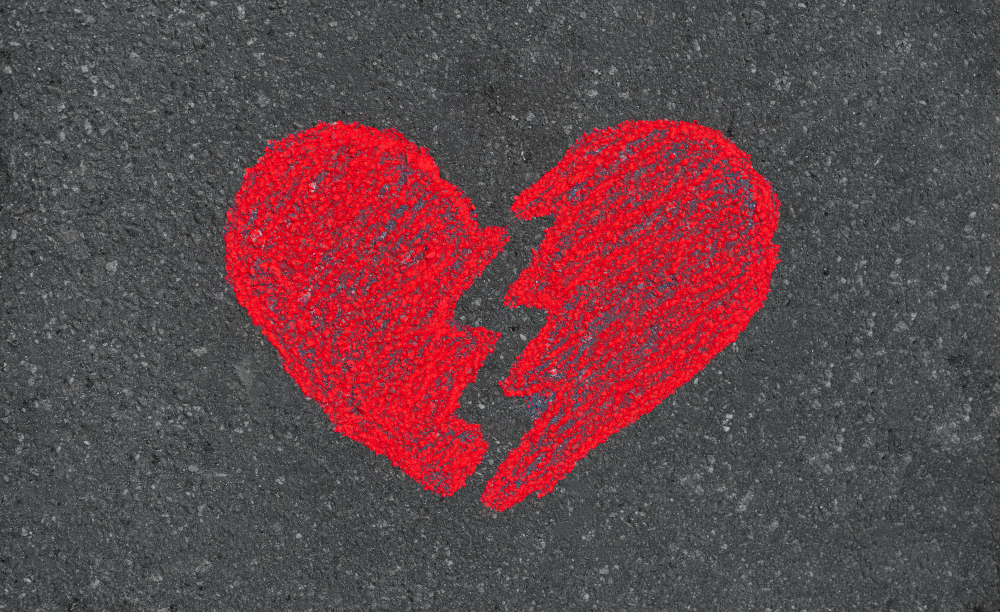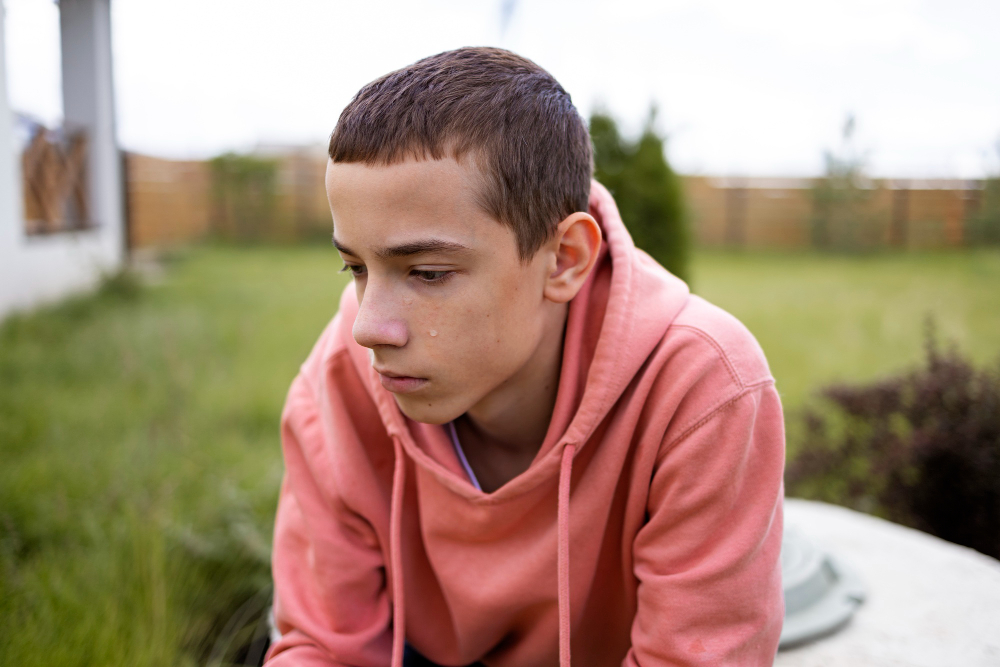Sometimes the most hurtful school experiences begin with a child coming home confused, ashamed, or angry—and saying something like, “We all lost computer time because someone was talking.”
When the whole class is punished for the actions of one or a few, it usually means the teacher or staff member is using a behaviour management strategy called collective punishment, though they may never use those words aloud or even realise they’re doing it. Instead, they might describe it as building responsibility, creating group norms, or helping students reflect—when in truth, the effect is punitive, coercive, and deeply unfair.
-
What are all the names of collective punishment?
Collective punishment doesn’t always go by that name. In schools, this harmful practice is often hidden behind vague, everyday language. Families may not hear the words “collective punishment”—but they feel its effects when an entire group is disciplined for the actions of one or a few.
Educators often resort to collective punishment when they feel overwhelmed, unsupported, or unsure how to manage complex classroom dynamics—and while the impulse to “reset expectations” may come from a place of pressure or frustration, the outcome is usually shame, resentment, and harm to classroom trust.
In many cases, collective punishment disproportionately affects students with disabilities, especially those who follow rules quietly, comply outwardly, or already feel afraid of standing out; it teaches children that their learning conditions depend on the behaviour of others, and that their individual needs or conduct may be overlooked entirely.
-
What if everyone got punished because of something I did?
If something happened in class—like you had a hard moment, spoke out, made a noise, or got overwhelmed—and then the whole group got punished, you might be feeling confused, ashamed, or like everything was your fault. You are not the only one. And…
If your child was part of a group punishment, you can ask the teacher—kindly and firmly—how the situation was addressed, whether individual needs and IEPs were considered, and what supports are in place to ensure your child isn’t harmed by group-level discipline in future. You can also share your concerns in writing if the issue continues, naming the practice as collective punishment and requesting that classroom discipline be handled in ways that respect individual responsibility and inclusive support.
When something feels unjust, it often is—and your intuition deserves to be named, honoured, and acted on.
-
I used collective punishment: how can I repair trust?
If you’ve used collective punishment—like taking away recess from an entire class, cancelling an activity because one student was dysregulated, or using peer pressure to enforce compliance—you’re not alone. These practices are still common in Canadian classrooms. But they cause real and lasting…










